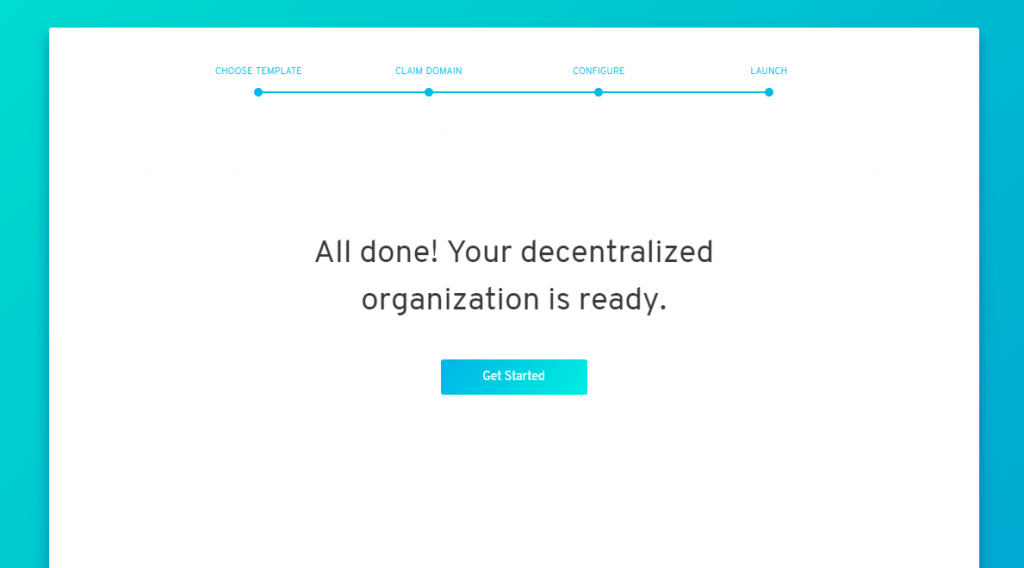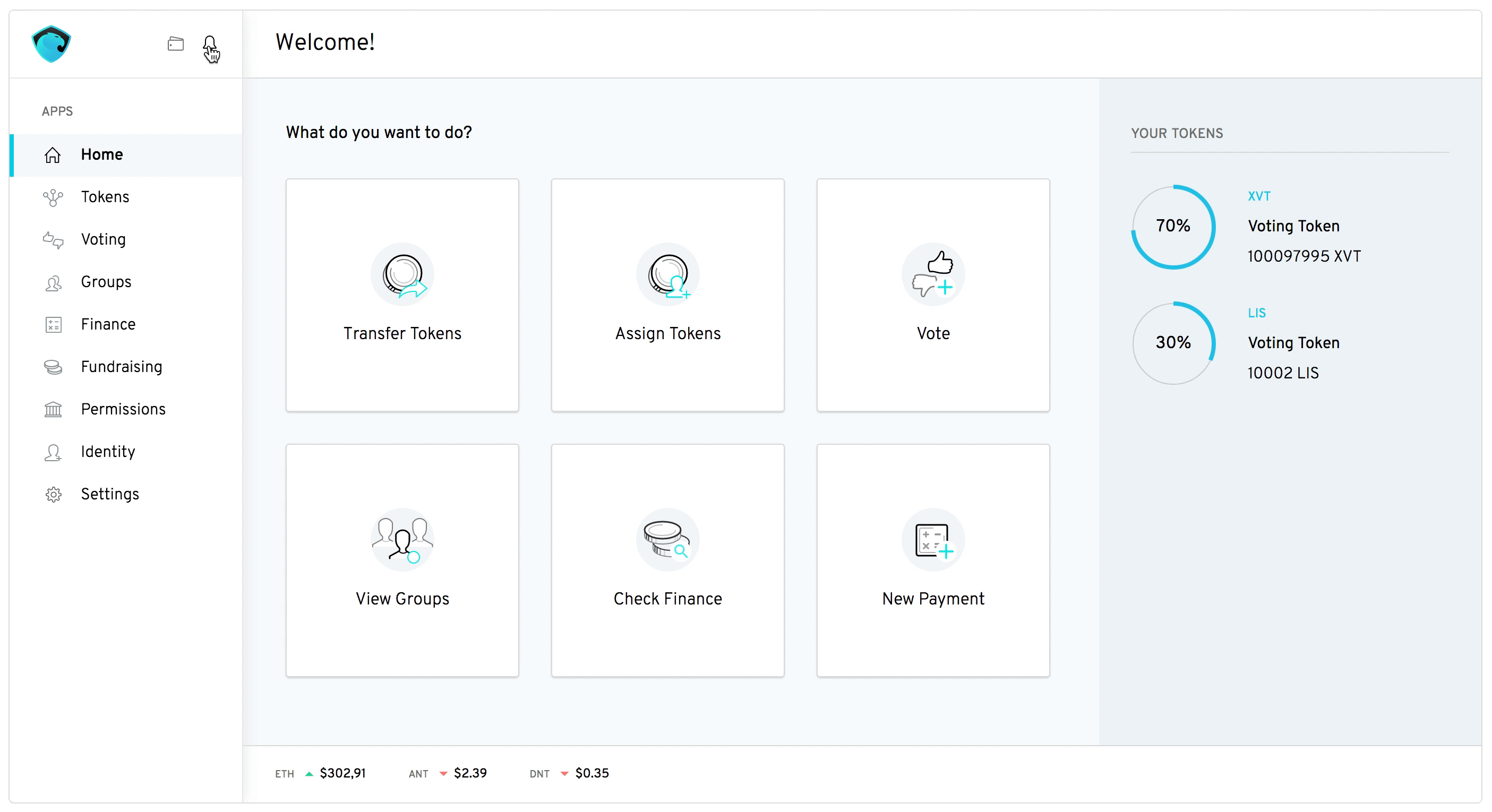Just a little over a year ago, in a very casual dinner in Barcelona during the 4YFN, Luis Ivan Cuende introduced completely changed my view of the blockchain technology. At the time, I had been reading about it, but it sounded like science fiction to me. However, described by Luis, It did sound very real. A couple of months later, Aragon’s white paper and Alpha version were released. But, before moving forward, what is Aragon?
Organised networks can work well based purely on personal trust, only up to the point when 2 people have to interact with each other before having established a strong personal relationship. Then you start needing contracts and incorporated organizations to support those relationships.
But registering organizations can be a very tedious and expensive process. Creating formal organizations require several “trusted” intermediaries like banks, governments, notaries and so forth. Eventually, a legal structure that was meant to support your organization is nothing more than a constant drag due to extreme bureaucracy, abusive service costs, as well as all the issues related to the dependency on systems that are, in many cases, corrupted and systemically unfair.
On the one hand, transactions and contracts are signed via Ethereum and, on the other hand, Aragon’s own network (also on top of Ethereum) is to become a decentralized jurisdiction, in which Aragon Network Token holders will have the capacity to solve disputes and make decisions as a collective.
Hence, with such a dream in mind (as detailed in their white paper), and with a working Alpha version of the product running on the testnet developed by Jorge Izquierdo, co-founder of Aragon, the project raised the equivalent to $25 Million in over 15 minutes in June 2017.
Ivan and Jorge believe in decentralization up to the limits of its meaning, and with a very humble approach, they envision a Network in which the current Aragon’s development team can be put out of business if the Aragon’s network decided to do so after finding better providers. Moreover, all the code is open sourced, and apps can be created by third parties to be run by Aragon’s organizations. It is for that reason that they have decided to keep a small team and have very recently introduced the Aragon Nest, a grants program open to Aragon’s community to support the development of the ecosystem.
According to Luis “this is the first release powered by aragonOS. The new smart contract operating system for protocols and DApps. Thanks to aragonOS, Aragon Core v0.5 is the most powerful way to create and manage any type of decentralized organizations.”
And the disruption here is that, no matter how complex the blockchain may sound for some, creating a Decentralized Organization in the blockchain is as easy as opening an email account.
Once created (or after joining someone else’s organization), you can access a dashboard surprisingly user-friendly. You can manage the finances of your organizations in ten different cryptocurrency, you can propose and vote decisions, emit shares, create your own token and much more.
Though this is a version running in the Ethereum testnet, some beta-organizations are being tested as I write these lines. In the very near future, we all will be able to register and manage our organization from a single platform operating in real time. Very soon, developers will start building apps on top of Aragon, so that, for example, taxes are paid automatically, or suppliers can exchange information with the organization digitally, keeping transactions safe and traceable.
For now, we’ll have to wait, but it is worth to follow up these guys very closely. Their vision is not to decentralize organizations but to decentralized jurisdictions.


